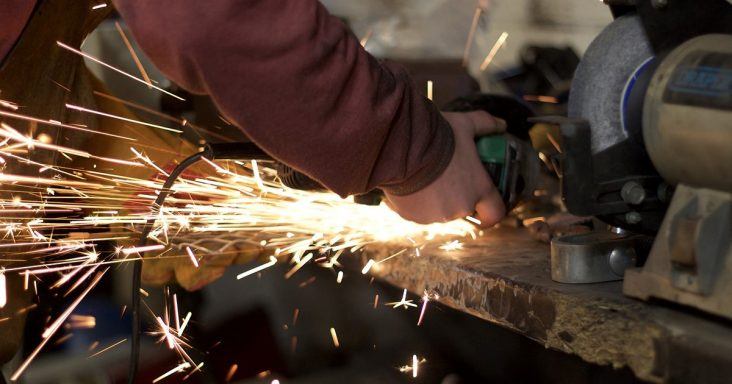U.S. economy, manufacturing sector shrank in December, ISM data show
by January 4, 2023 1:20 pm 775 views

Economic activity in the U.S. manufacturing sector and the overall economy contracted in December, according to the Institute for Supply Management (ISM). December was the first month that ISM data showed the overall economy shrank since May 2020.
The ISM released Wednesday (Jan. 4) the December Manufacturing ISM Report on Business that shows the purchasing managers’ index (PMI) fell 0.6 percentage points to 48.4% in December from November. The manufacturing sector also contracted in November after 29 consecutive months of growth. The December PMI was the lowest reading since it was 43.5% in May 2020. A PMI reading below 50% indicates the manufacturing sector is contracting, and a reading below 48.7% indicates the overall economy is contracting.
“The past relationship between the Manufacturing PMI and the overall economy indicates that the Manufacturing PMI for December (48.4%) corresponds to a 0.1% decrease in real gross domestic product (GDP) on an annualized basis,” said Timothy Fiore, chair of the ISM Manufacturing Business Survey Committee.
The December report shows new orders and production fell, backlogs declined, supplier deliveries increased, and raw materials inventories increased, but customers’ inventories were too low. Prices fell, and exports and imports declined.
“The U.S. manufacturing sector again contracted, with the Manufacturing PMI at its lowest level since the coronavirus pandemic recovery began,” Fiore said. “With Business Survey Committee panelists reporting softening new order rates over the previous seven months, the December composite index reading reflects companies’ slowing their output.
“Many panelists’ companies confirm that they are continuing to manage headcounts through a combination of hiring freezes, employee attrition and layoffs,” he added. “The month-over-month performance of supplier deliveries was the best since March 2009. Average lead time remained 32% above the previous trough for capital expenditures and 37% for purchased materials; both are too high. Managing headcounts and total supply chain inventories remain primary goals as the sector closes the year. More attention will be paid to demand as we enter the first quarter to shore up order books for the next six to 12 months.”
Only the petroleum and coal products industry reported moderate growth in December among the six largest manufacturing industries. The primary metals industry also reported growth.
Industry respondents provided mixed comments on customer demand, supply chain issues and business outlook:
In the computer and electronic products industry, a respondent said, “skilled labor shortages are huge, putting a lot of pressure on existing personnel. Electronic components are still a major supply chain issue, particularly if the component you need is not the current hot technology.”
A respondent in miscellaneous manufacturing said, “overall, supply chain conditions have stabilized tremendously since the fourth quarter of 2021. Issues remain, but the list is quite a bit shorter. Customer demand is very strong, and the outlook is positive for 2023. There is a large focus on margin recovery after this period of high inflation.”
A chemical products industry respondent said customer demand is down, but the “2023 pipeline is looking very positive.” A transportation equipment industry respondent noted orders have slowed, but output has yet to fall as it works on clearing backorders.
A respondent in the food, beverage and tobacco products industry said, “lead times are returning to normal for most of our suppliers, while some of our smaller suppliers are struggling to remain staffed up enough to keep up with orders.”
A machinery industry respondent said economic uncertainty has led customers to delay capital purchases, and this has impacted its fourth-quarter sales and forecast for the first quarter of 2023. A fabricated metal products industry respondent expects business to fall by the first or second quarter of the year as it slows. A respondent in the electrical equipment, appliances and components industry said, “new China technology trade restrictions have impacted our business and plans going forward.”
A nonmetallic mineral products industry respondent said “trying hard to keep the wheels moving to close out the year strong. The manufacturing plants are nearing their annual outage periods, and some TLC is needed to keep things running.” A respondent in the primary metals industry said, “finished the year strong, and we are pleased with how the year shaped up.”
